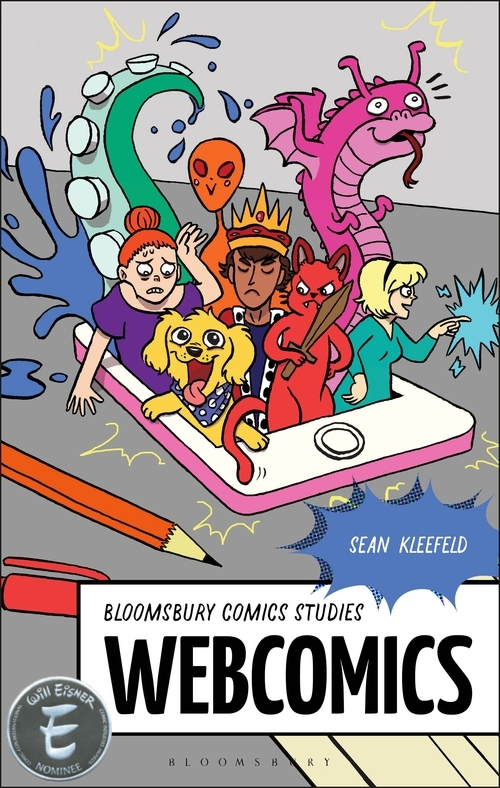The Macaulay exhibit, not surprisingly, had something of a focus on sequential art, as his commercial work tends to fall somewhere between comic books and children's books. The exhibit itself was laid out logically, showing several sequences of work in order with the full text of the book alongside the original art. (Side note: Macaulay appears to very little redrawing and/or touching up in his work and, if you've looked at the amount of detail he puts in, that really is incredible. The handful of changes he seems to make were, from what I saw, large design-type changes, like pasting in the entire top portion of a cathedral spire.)
But what was more intriguing was an ancillary hands-on portion of the exhibit when patrons were asked to illustrate a set of simple instructions, like how to make a paper airplane or how to locate another exhibit in the museum. In effect, they were being asked to create sequential art -- comic books. Dozens of works had already been left, and when I stopped by to look, there were a group of graphic design students collectively working on yet another piece.
Over in the other exhibit, they also had several examples of sequential art. The earliest was actually a set of tapestries illustrating four stages of a woman's life. Each piece was about 12 feet by 6 feet and took up an entire wall. More impressive, though, was that they dated to the early 1700s, roughly around the time William Hogarth was working on The Rake's Progress. One has to wonder what connection between the two artists had been.
 Another that seemed to catch many people's eye was a series of (I think) lucite panels that ended with a man set to shoot a woman hostage. (See left.) I have to admit that I didn't get whatever the artist was trying to say, despite studying the work for some time, but it did, as I said, attract attention to what was clearly designed and laid out as a single narrative over several individual images.
Another that seemed to catch many people's eye was a series of (I think) lucite panels that ended with a man set to shoot a woman hostage. (See left.) I have to admit that I didn't get whatever the artist was trying to say, despite studying the work for some time, but it did, as I said, attract attention to what was clearly designed and laid out as a single narrative over several individual images. Now I don't really expect most of you will be willing/able to stop by the Cincinnati Art Museum to view these, but I bring it up to highlight that YOUR local art museum could easily have works of comic book art on display and might be worth investigating. Even if it's not drawn on Bristol board. You might be surprised to find artists you've never heard of working in the same medium as folks named Kubert, Romita or Buscema.






0 comments:
Post a Comment